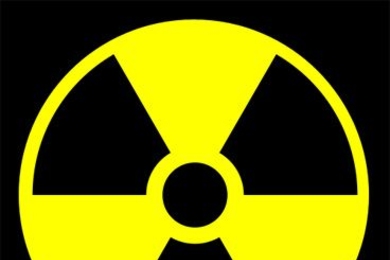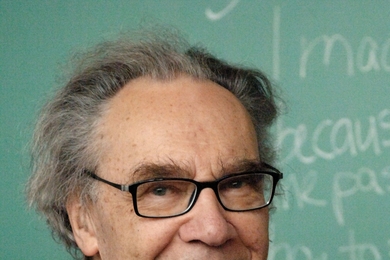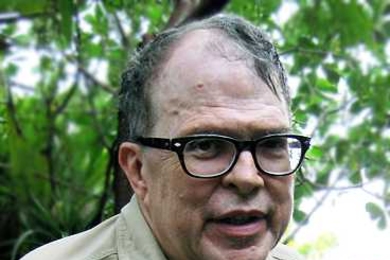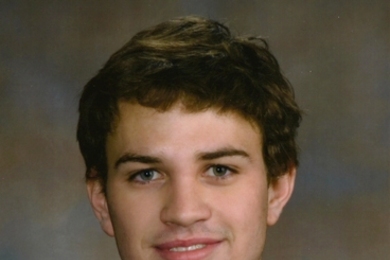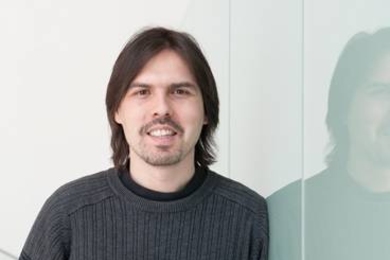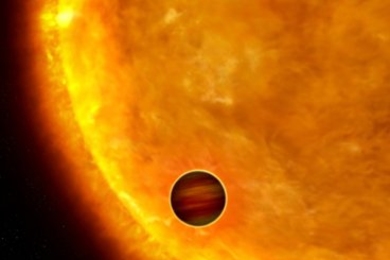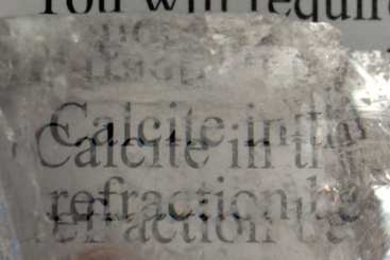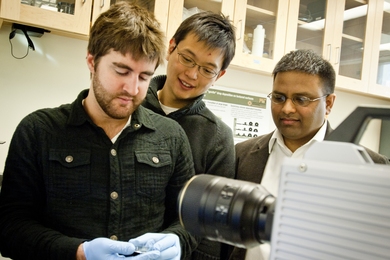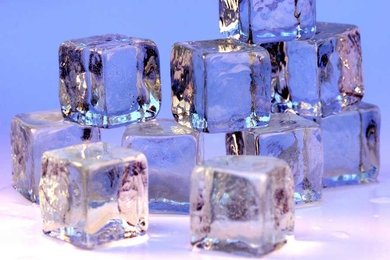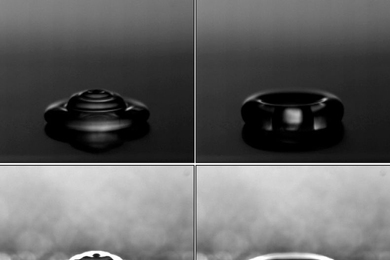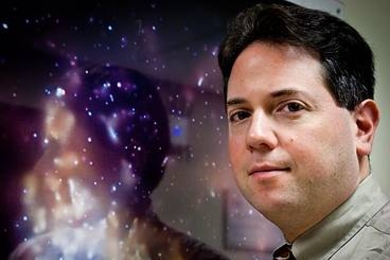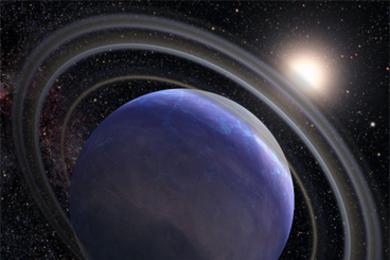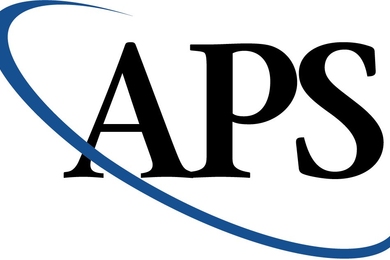MIT Professor Lewin named award recipient by the OCW Consortium
Recognized with other leaders of the global OpenCourseWare movement.
EAPS, physics professor James Elliot dies at 67
Led team that discovered the rings of Uranus in 1977.
Chris Boyce wins Gates scholarship
MIT senior co-founded company focused on creating stretchable, bendable electronics and solar panels.
Why do some countries’ economies grow faster?
One of the Media Lab’s newest faculty members is adapting the mathematical tools of statistical physics to study development economics.
Explained: Transiting exoplanets
How astronomers learn whether a planet is habitable by observing slight changes in light emanating from its parent star.
Hidden in plain sight
A new approach to invisibility cloaking gets much closer to the science-fiction version, using simple and inexpensive materials.
Research update: How to tame hammering droplets
MIT research uncovers new process relating to the way drops of water spread after striking a surface.
How liquids behave
Researchers identify a fundamental property of how water and other liquids move at different temperatures.
And then there was light
Astronomers probe ancient radio waves for clues about the universe’s first light.
Frost-free planes: back to the drawing board
Research from MIT and GE demonstrates that a proposed passive solution for preventing ice on wings won’t work — but suggests an alternative.
Learning from hot Jupiters
By studying how massive planets may have formed, MIT astrophysicist sets the stage for studying smaller, more Earthlike planets.
Building a list of Earth candidates
MIT researchers increase their odds of detecting an Earthlike planet by working on a combination of satellite missions.
